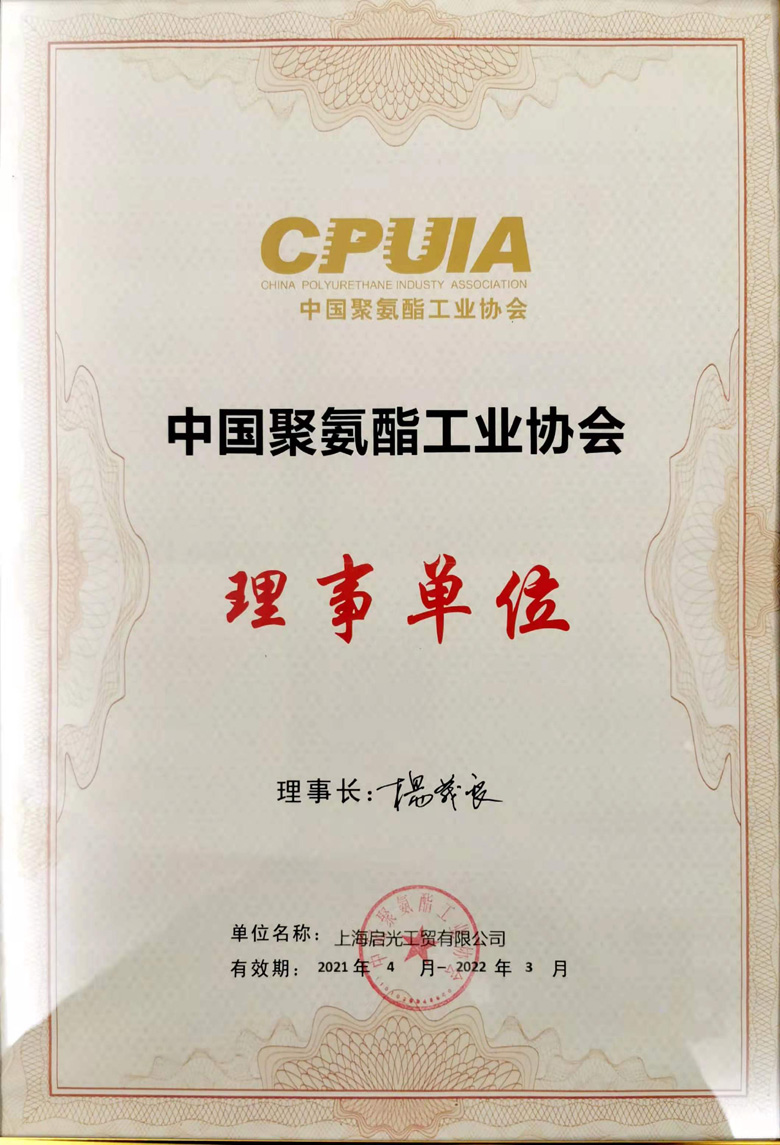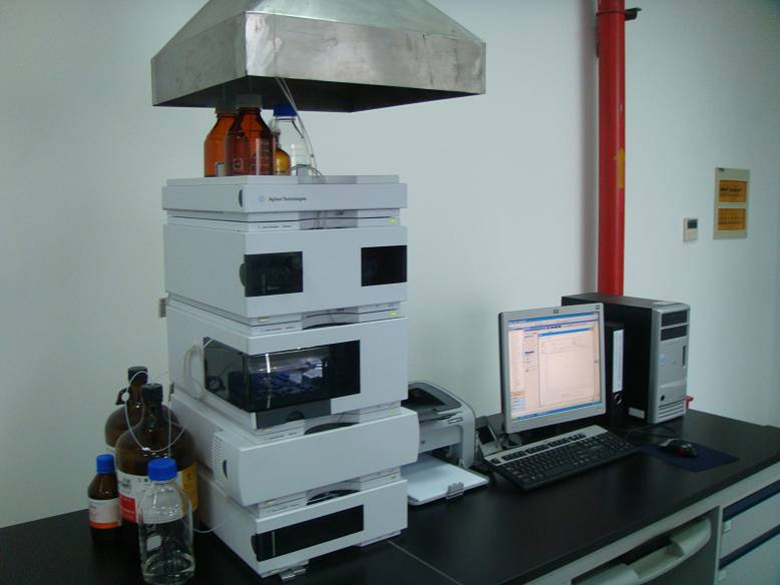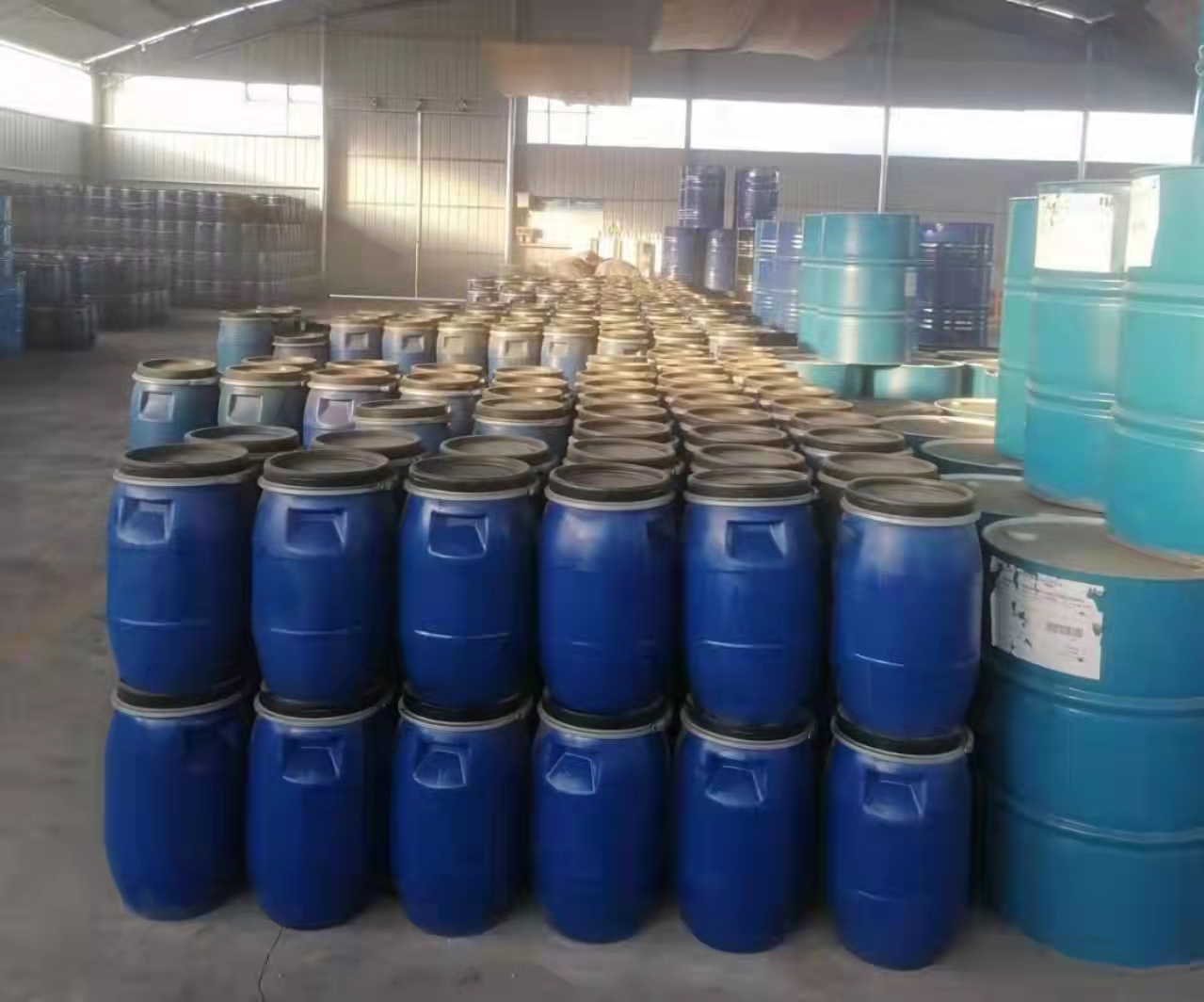If manual intermittent box foaming is used, it is basically the same as the ordinary polyester sponge foaming method. What needs to be explained is
The surfactant silicone oil must be specially used for polyester foam, and the catalyst is organotin. The organic amine catalyst is usually a composite type of morpholine.
Related physics and water absorption of polyester hydrophilic foam

The hydrophilic foam samples tested above have been processed. The treatment method is to soak the foam in alkali solution at a certain temperature and time
Processing.
Second, the production formula and foaming process of non-yellowing soft sponge foam
1. At present, a large number of polyurethane soft foams (sponges) are prone to yellowing, so what we call yellowing-resistant foam usually refers to
Antioxidants, heat stabilizers and light stabilizers are added during foam production, which can temporarily slow down the yellowing of the foam; the main reason for yellowing is easy
This is because the benzene ring on the isocyanate can be gradually oxidized into a quinone structure and turns yellow, and the foam macromolecule chain contains carbonyl
Chromophoric groups such as radicals, amino groups, azo groups, and alkenyl groups will selectively absorb light when incident on it, and emit light of a certain wavelength to guide
Causes a certain degree of yellowing of soft foam.
2. An effective solution to yellowing
The most effective way is to use non-yellowing aliphatic isocyanate for foaming, aliphatic isocyanate, such as IPDI, HDI
Like HMDI, etc., the urethane bonds formed by these isocyanates are relatively stable. To say the least, even if they are decomposed into aliphatic amines, there is no benzene ring conjugation
The structure will not form auxiliary groups, and the fatty amine itself is not easily oxidized and will not cause yellowing; therefore, aliphatic isocyanic acid is used
Esters can significantly reduce the yellowing of foam.

3. Technical difficulties in aliphatic isocyanate foaming
In fact, many people have attempted foaming production in this area over the years, but most people have encountered some technical difficulties more or less.
That is, aliphatic isocyanates generally have low activity, and the foaming process is difficult to control. The operating range or tolerance is very narrow and difficult
In order to make soft foam that meets the requirements, problems that often occur during the foaming process are: foam collapse or partial collapse, rough foam, and surface powder
The cells may become closed, or the cells may shrink more seriously.
What needs to be explained here is that the foam sponge made of aliphatic isocyanate does not actually never turn yellow at all, but
Oxidation and yellowing will also occur very slowly under long-term light, water, and heat conditions, but the yellowing speed of this type of foam is very low, as if
It doesn’t seem to turn yellow to people.
4. Main raw materials and additives
(1), polyol:
Polyether polyol polyether 210, 220, 560s, etc.
Highly active polyether polyol, molecular weight 4500-6000, such as 330N, 4701, etc.
Small molecule polyols: ethylene glycol, propylene glycol, butylene glycol, DEG, DPG,
(2), commonly used isocyanates include HDI, IPDI, and HMDI,
(3) Catalysts, there are mainly two types of catalysts. One is organic amines, which are foaming type and gel type. The main ones that can be used are
: Triethylenediamine, pentamethyldiethylenetriamine, pentamethyldipropylenetriamine, triethylamine, diazabicyclo(2,2,2)octane, dimethyl
Cyclohexylamine, 2,4,6-tris(dimethylaminomethyl)phenol, etc.; metal catalysts mainly include: stannous octoate, organic bismuth, organic zirconium
, organic titanium, organic cobalt.
(4), surfactants, mainly including high activity and medium activity, such as L-580, B-8123, B-8002, L-6900, DC-4900,
DC-5169, B-8681, Y-10366.
(5), foaming agent, water and its physical foaming agent
5. Basic formula
Highly active polyether polyol 90-100
Polyether 560s 0-10
Small molecular polyol 0-10
IPDI 25-45
Water 1.5-2.5
Silicone oil B 8123 1.0-2.0
The above amine catalyst 0.2-1.5
Metal salt catalyst 0.5-1.75
Opening agent 0.5-3.0 (opening agent for high resilience such as KF-28)
6. Foaming process
Different people or regions may have different foaming process methods, mainly due to different formulas, catalyst selection and dosage, plans
Or the method is not unique, my method here is only for reference.
Mix the highly active polyether and other additives evenly at room temperature in advance, then pour in the IPDI and stir for 6-15 seconds before pouring into the preheated foaming box
It is best to use an oven at no less than 30°C for insulation and foaming. After 20-30 minutes, push the foam out and let it mature at room temperature for 24 hours before cutting
. The cells are uniform and fine, with high strength and good elasticity. They will not pulverize and generally will not shrink. When shrinking slightly, you need to press lightly
. Special caution is required not to use grafted polyether polyols.
7. Differences in reactivity between different aliphatic isocyanates and hydroxyl groups

This is a technical difficulty in the production of aliphatic isocyanate foam. The key to the technology is the selection and adjustment of formula and catalyst.
There is still some technical know-how here.
8. Anti-yellowing properties of foam
According to ASTM-D-1148 yellowing resistance test method, the test conditions are: 50℃, 300W hernia lamp illumination results:
From the test results in the above table, we can see that the yellowing resistance of aliphatic isocyanate foam is relatively excellent.
Third, talk about the foaming production formula and process of microporous flexible foam materials
1. Application of microporous soft foam
It should be noted here that microporous foam does not refer to microporous PU elastomers (such as shoe soles, insoles, high-speed rail gaskets, tires, and car springs
class foam), but a soft high-density polyurethane foam sheet, which is a special polyurethane soft foam with typical cells
This kind of polyurethane flexible foam sheet has been widely used in communications, computers, home appliances, digital products, and other electronic products,
Shoe materials, medical equipment, hardware, etc. are used as sealing, shock absorption, and cushioning materials.
2. Outstanding features
High sealing, high energy absorption (high buffering), high dimensional stability.
Excellent resistance to compression deformation, water resistance, high temperature resistance, aging resistance, environmental protection and pollution-free, etc.
3. Density and specifications
The density of this soft foam is generally between 240-480kg/m3, and the pore size of the foam is generally 100-250 microns, which may vary depending on the application field
Same products have different densities, thicknesses and hardnesses, as well as the degree of open and closed cells of micro-cell foam, and their properties are also different; such as closed-cell foam
Those with a high rate of sealing, waterproofing, and dustproofing are more effective; those with a high micropore opening rate have good elasticity and small compression deformation; the thickness is generally from 0.1-
A total of specifications ranging from 6mm are available, and there will be many specific specifications.
4. Similar typical products at home and abroad
There are Rogers’ PORON brand, Japan’s Inoue poron, and South Korea’s SK and GMC’s similar products.
Physical properties of several typical microporous soft foam sheets (taking poron as an example)
6. Materials and formula composition
(1), the basic composition of hydroxyl component: polyester polyol 16-30
Polyether polyol 0-50
Polymer polyether polyol 20-40
Small molecular polyol 1.5-16
Surfactant (silicone oil) 0.1-1.0
Color paste 0.5-3.0 (mainly carbon black paste)
Antioxidant 0.2-0.4
Solid powder 0-20 (silica, aluminum hydroxide,)
Flame retardant appropriate amount (according to requirements)
Organometallic catalyst appropriate amount
Organic amine catalyst 0-0.5
(For products or brands of different specifications, the proportions of each of the above polyols used are different (mainly by adjusting the ratio of different polyols
For example, different equivalent weights and different molecular chain structures can be used to adjust the relevant physical properties of microporous foam to meet different uses).
(2), composition of isocyanate component:
Modified MDI 30-65
Liquefied MDI 10-30
Coarse MDI 5-30
Isocyanate foaming index: 1.0
7. Basic molding process
This foaming process is different from ordinary chemical foaming with water or ordinary physical foaming agent (such as methylene chloride, etc.) foaming process, but adopts
Using permanent gas injection foaming method, the basic production process uses multi-component low-pressure machinery to pour on the conveyor belt release paper and continuously
It is scraped into a uniform thickness and then cured and formed by constant temperature gel in the drying tunnel. The product is rolled into a roll and then matured; determined by the unique foaming process
The outstanding performance of the material.
Key points of technology:
Organometallic salt catalysts appropriately control the reaction rate.
Strict temperature control is also an important factor in controlling product quality.
8. Post-processing of microporous foam
Mainly use some bright surface polishes, often acrylic paints.
The products are uniformly solidified and formed by constant temperature gel in the drying tunnel, and the products are rolled into rolls and then matured; determined by the unique foaming process
The outstanding performance of the material.
Key points of technology:
Organometallic salt catalysts appropriately control the reaction rate.
Strict temperature control is also an important factor in controlling product quality.
8. Post-processing of microporous foam
Mainly use some bright surface polishes, often acrylic paints.